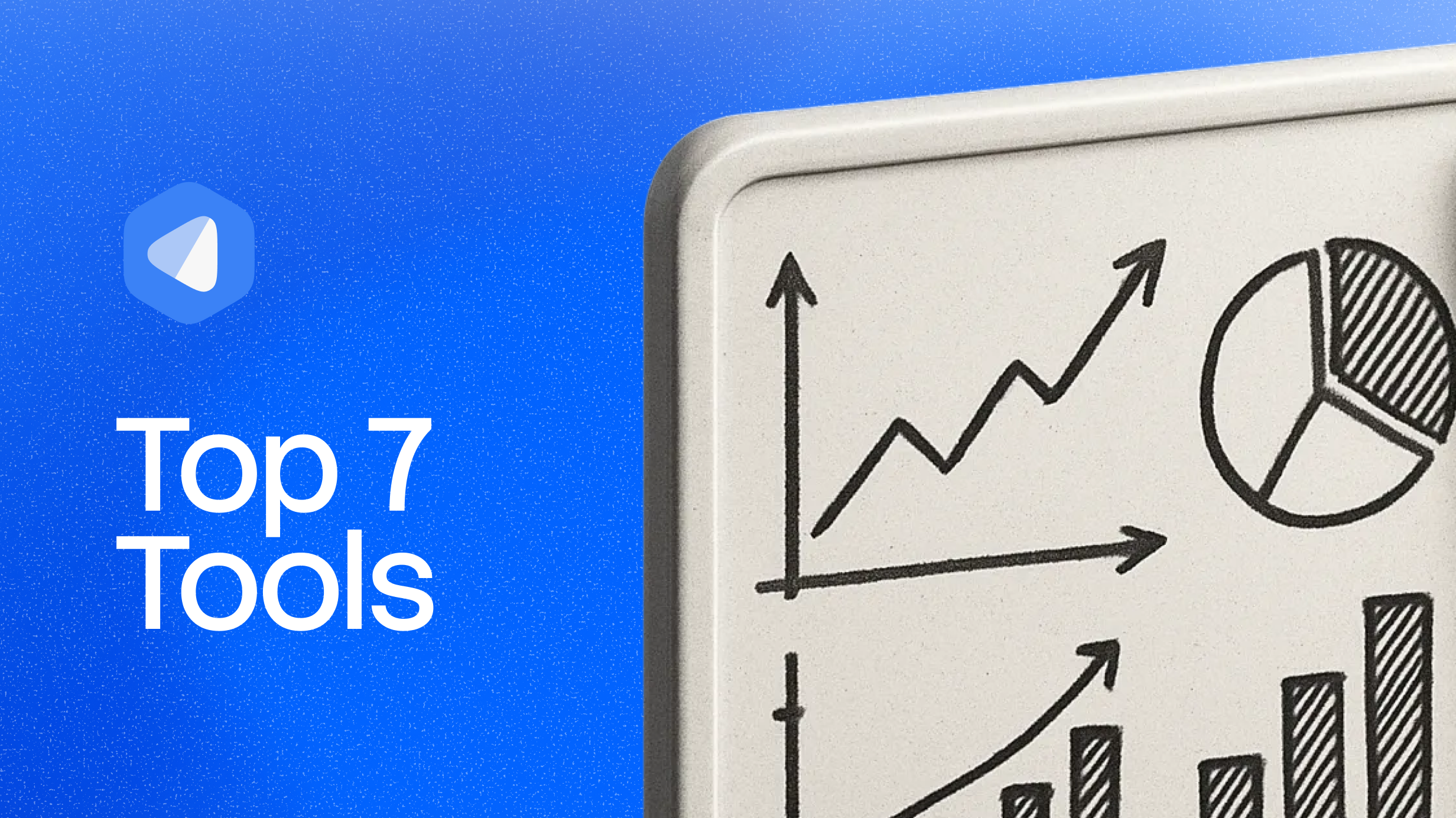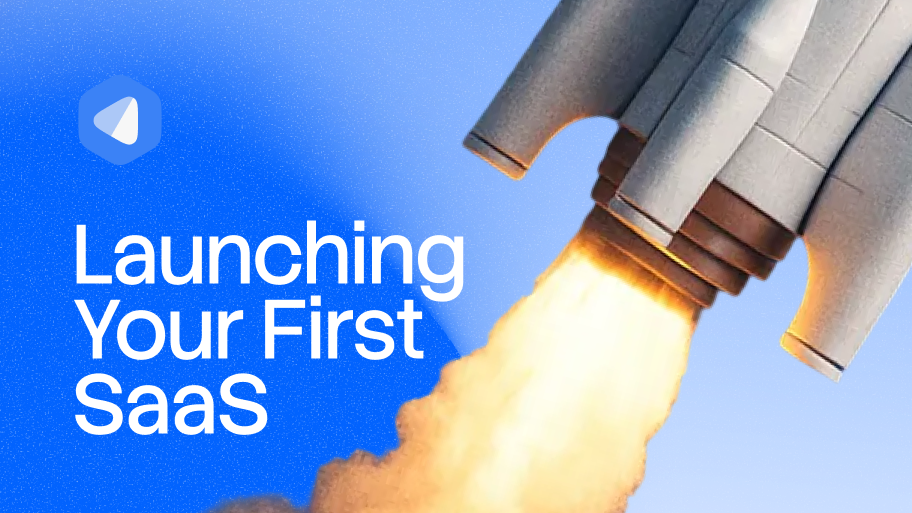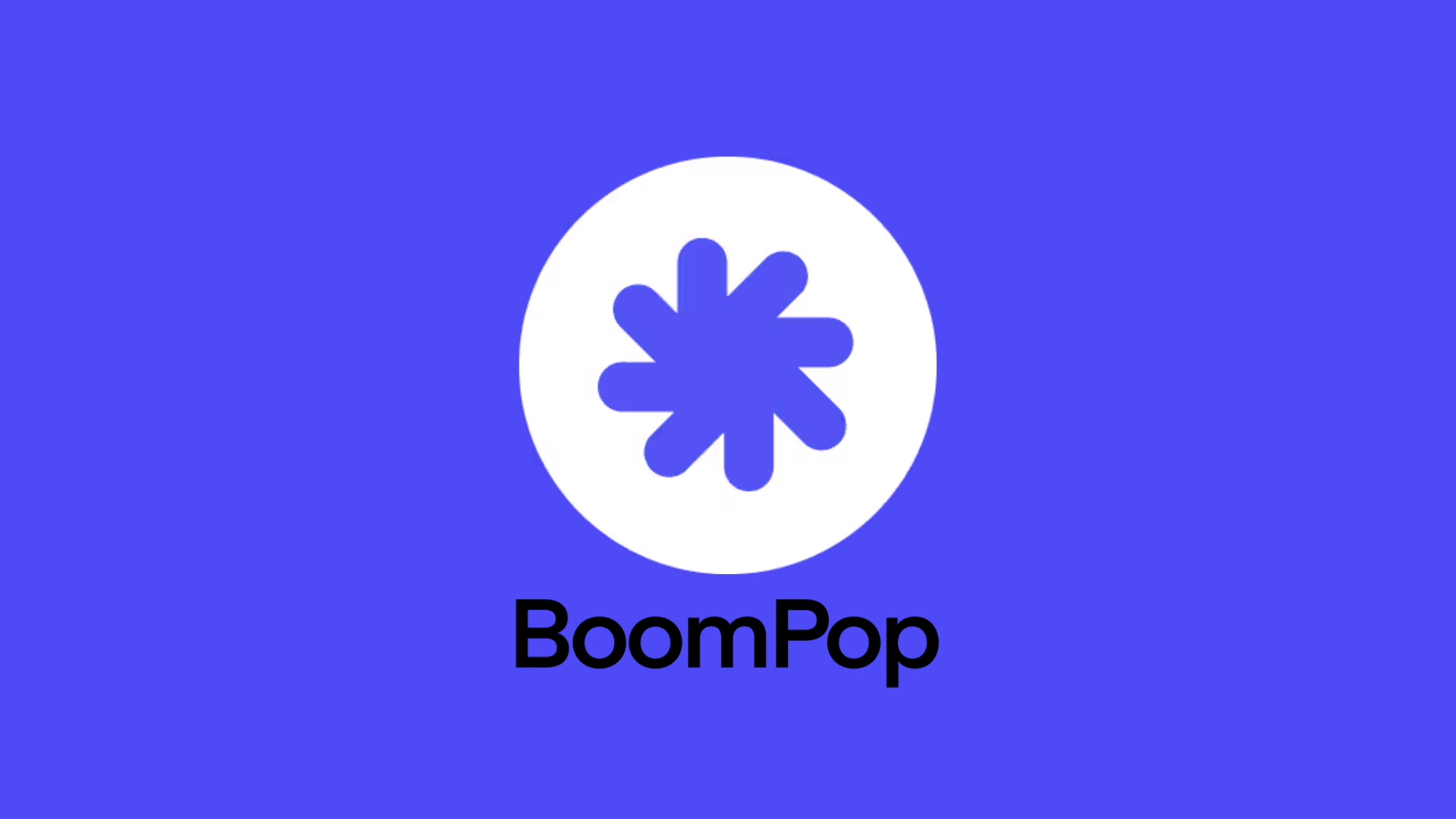Not sure how to start your SaaS? Drowning in tools? You’re in the right place. Almost anyone can ship a SaaS MVP. Today’s tool stack makes it realistic for a solo or small team to go from an idea to a live product fast. The trick is knowing which tools to use (and which to skip).
In this guide, we break down the top 7 founder-friendly tools that cover the three stages that matter most for SaaS founders — research, building, and getting your first paying customers.
Why build a SaaS in 2025?
• Easy to make without dev skills
You don’t need a big budget or a developer to get a real product online anymore. It’s genuinely inexpensive to get an MVP in 2025. This low barrier is thanks to no-code and low-code platforms. Most of what you need has a free plan or a very low price. These tools handle the complex backend work, security, and hosting, letting you focus solely on solving the user’s problem. You can build, test features, gather feedback, and iterate quickly — all without hiring an expensive senior developer team.
• Scaling & potential for high recurring revenue
The basic genius of the SaaS model is that it grows easily and makes solid money. For instance, businesses are willing to pay significant monthly fees if your product saves them time, reduces errors, or increases their own revenue. B2B contracts often have higher average contract values (ACVs), and result in low churn. Targeting business pain points is the fastest route to high-value recurring revenue.
• No need for investors
A huge advantage of the modern SaaS model is that you don’t need millions in the bank to start. Plenty of successful software businesses are bootstrapped — meaning they fund their own growth. Why? Because the math works instantly. You can get your product to real users fast, start charging a monthly subscription from day one, and immediately reinvest that revenue back into development and marketing.
The Tools
1) Market & Competitor Analysis
Every founder starts with a great idea. But how do you know your idea is worth millions? How do you avoid building a product that no one is searching for? A successful SaaS product starts with deep research to define your target audience, understand their search habits, and identify the strategies of your competitors.
Here are 3 powerful tools to research your market and build your growth strategy:
GummySearch (Problem Finder)
What it does: GummySearch is a powerful audience research tool. Instead of manually scrolling through thousands of posts, GummySearch uses AI to scan communities on Reddit and instantly find people who are complaining about a problem or asking for a tool that doesn’t exist yet. This is the fastest way to validate your SaaS idea.
Pricing: GummySearch has a free plan. Although it’s free, it gives you plenty of data to either fully validate your current idea or pivot and generate a new, highly-demanded startup idea. There’s also a paid version: $29 / month, granting you full access to more features like seeing top products within each audience.
Hog.ai (AI Strategy & Analysis)
What it does: Hog AI is a comprehensive AI tool that acts as your virtual Chief Strategy Officer. It fully analyzes competitor strategies across search engines and communities to identify your best opportunities for growth, including SEO and content.
Pricing: starts at $96.75/month (solo plan). The solo plan is perfect for deep analysis for single founders, including up to 2 projects and monitoring 10 keywords daily per project.
SimilarWeb (Competitor Traffic Spying)
What it does: think of SimilarWeb as your tool for spying on any website. You type in your competitors’ website, and SimilarWeb tells you two crucial things:
- How much traffic they get (i.e., how many potential customers are in your market).
- Exactly where those customers come from (Is it Google? Is it Facebook? Is it a specific blog?).
Pricing: has a free plan. This is often enough for initial market validation. You get access to basic metrics like the number of monthly users, traffic sources, and which countries your competitor is strongest in. SimilarWeb also has a paid plan: $199 / month, which unlocks a deeper analysis.
2) Building Your SaaS
When you’re finally ready to build your SaaS, the ambition is massive: you need the UI to look polished and professional, the ability to accept payment from anywhere in the world, and for the whole thing to scale to 10,000 customers. This desire for speed, perfection, and global readiness is totally logical — it’s the founder’s mindset! The good news is we live in an incredible era where you no longer have to code this crucial, complex foundation yourself. The secret to shipping fast is using high-quality, pre-built infrastructure.
LaunchPike (Ready-Made SaaS Code)
LaunchPike is a ready-made code package (a “boilerplate”) that handles all the boring stuff your SaaS needs to function. For developers, it saves hundreds of hours on infrastructure setup. For low-code/no-code founders, it gives a scalable code base to launch a SaaS in less than a day and focus only on marketing and sales.
LaunchPike is already integrated with essential tools every modern SaaS requires:
- Multiple Payment Options: pre-wired support for different payment gateways, including Stripe, Lemon Squeezy, and UniBee, allowing you to choose the best fit for your business model and global taxes. This way, you can start charging for your product immediately.
- Analytics & Tracking: integration with Google Analytics to start measuring user behavior from day one.
- User Communication: ready to connect with SendGrid for handling all transactional emails (password resets, welcome emails, etc.).
Pricing: free and open-source.
Ready to deploy your entire core SaaS infrastructure in under 24 hours? Read more about LaunchPike in our article.
3) Promotion & Leads
Okay, you nailed the MVP, you’ve done the market & competitors research, the billing works, and your infrastructure is solid. Congratulations! But your SaaS product is useless without paying customers. You’re probably asking yourself:
- How to get your first paying clients as a SaaS startup?
- How do you find “warm” leads when you have zero budget and no sales team?
- How do I get the attention of busy B2B decision-makers and get them to buy?
The secret to mastering SaaS scaling isn’t running expensive ad campaigns; it’s building a repeatable lead generation machine by using a set of tools.
Here are the 3 essential tools to find customers for your startup:
Rb2b (Website Visitor Identification)
What it does: This tool works magic by identifying the companies (and often key employees) that visit your website. It uses IP addresses and reverse domain lookup to deanonymize your traffic, identifying ~70–80% of visitors by their company name, size, location, and often their LinkedIn profiles and corporate email addresses.
Pricing: offers a free trial (offers 7 days of data). Paid plans start at $150/month, based on the volume of identified companies.
Clay (Data Enrichment & AI-Powered Prospecting)
What it does: Clay is an automation platform that acts as a data powerhouse. It takes the company names and partial info from your Rb2b list and enriches visitor data, finds decision-makers, AI-qualifies them, and verifies email addresses.
Pricing: has a free option (100 credits granted each month). Perfect for testing and small projects. A paid tier starts at $149 / month for 2,000 credits/month. This is an excellent level for active, high-volume prospecting and running automated campaigns.
LinkedIn (Networking & Cold Outbounds)
What it does: LinkedIn is the professional network and, crucially, the #1 channel for B2B cold outbounds. It provides the platform for personalized, consultative messaging that converts better than cold email.
Pricing: free for core connection requests and messaging. Premium tools like Sales Navigator (starting around $99/month) are highly recommended for advanced search filtering, saving leads, and sending InMail messages outside your network.
Our Top Picks for the Basic Minimum
If you had to launch tomorrow with the absolute minimum to secure your first paying customers and recurring revenue, here are the 3 non-negotiable tools:
| Tool Category | Top Pick | Pricing |
|---|---|---|
| Idea Validation | GummySearch | $29 |
| Product/MVP | LaunchPike | Free |
| Lead Generation | Free |
GummySearch ensures you only build a product that customers are actively asking for (eliminating months of wasted effort). LaunchPike lets you deploy your MVP and plug in a payment system right from the start. Finally, LinkedIn provides a free, highly effective channel to reach customers. This combination minimizes startup costs while maximizing time-to-market.
Conclusion
The barrier to entry for building a successful SaaS startup has never been lower. In 2025, tools simplify the process, meaning anyone with vision and effort can become a founder. You now have a strategic blueprint to achieve Product-Market Fit by validating real pain points and deploying a functional MVP.





